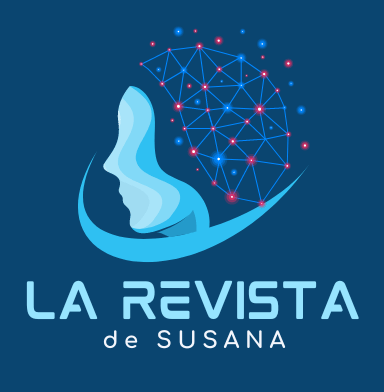AI in Art: Revolutionizing Creativity and Innovation in Creative Industries
Introduction
In recent years, Artificial Intelligence (AI) has emerged as a revolutionary force in the creative industries, transforming traditional paradigms in music, film, and art.
Far from the dystopian view of machines stifling human creativity, AI is being embraced as a collaborator, a source of inspiration, and a tool for enhancing artistic expression. This article delves into the multifaceted role of AI in the creative realm and its potential to redefine the boundaries of creativity and innovation.
AI’s Role in Creative Industries
The creative industries have always been about pushing boundaries and exploring new territories. AI is contributing to this journey by offering tools and technologies that open up novel avenues for artistic expression.
In music, AI algorithms can analyze patterns and styles from vast music databases, assisting composers in creating unique compositions.
Film industries are leveraging AI for scriptwriting assistance, using natural language processing to generate story ideas, dialogues, and even entire scripts. In the visual arts, AI is being used to create intricate digital artworks, which would be nearly impossible to replicate by human hands alone.
Enhancing Creativity with AI Tools
One of the most exciting aspects of AI in the arts is its ability to enhance human creativity. For instance, Google’s Magenta project, an AI program that creates music and art, helps artists and musicians experiment with new, AI-generated ideas which they can refine or reinterpret.
AIVA (Artificial Intelligence Virtual Artist) is another example, an AI composer that has created music used in soundtracks for films and video games. These AI tools don’t replace the artist but rather augment their creativity, offering new ways to conceptualize and execute ideas.
Examples of AI in Creative Industries
In the world of digital art, AI algorithms have been used to create stunning visual pieces, showcased in exhibitions worldwide.
The AI artist AICAN, for instance, has its own unique style, developed from learning about art history and current trends. In music, AI-generated compositions have been performed by human orchestras, creating a beautiful synergy between digital and human creative outputs.
Addressing Authenticity and Originality Concerns
Despite the many exciting developments, the use of AI in art raises questions about originality and authenticity. Who is the true creator of an AI-generated piece of art or music – the AI or the human who designed it? These are complex questions that challenge our traditional notions of authorship and creativity.
As AI continues to evolve, the creative industries will need to address these questions, ensuring that AI serves as a tool for enhancing human creativity rather than overshadowing it.
Conclusion
AI’s role in the creative industries is not just a futuristic concept; it’s a present reality that’s reshaping how art is created, experienced, and valued. As AI continues to evolve, its collaborative potential with human creativity is limitless. The future of AI in art is a canvas of possibilities, offering a harmonious blend of technology and human ingenuity. Embracing AI in the creative process is key to unlocking new forms of expression and experiences that transcend traditional boundaries.

